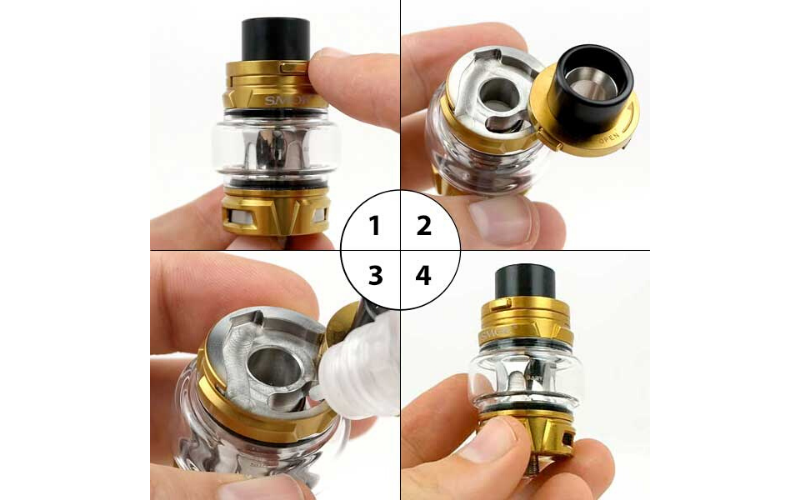

At a minimum, one rescue team member must be currently certified in first aid and CPR. The standard also requires that all rescuers be trained in first aid and CPR. Rescue service personnel also must receive the authorized entrants training and be trained to perform assigned rescue duties.
What does it mean when th etank on my ecig gets hot how to#
Employers must provide rescue service personnel with personal protective and rescue equipment, including respirators, and training in how to use it. The standard requires employers to ensure that responders are capable of responding to an emergency in a timely manner.
Alert the attendant when a prohibited condition exists or when warning signs or symptoms of exposure exist. He or she recognizes the warning signs or symptoms of exposure. Exit from the permit space as soon as possible when:. Maintain communication with attendants as necessary to enable them to monitor the entrant's status and alert the entrant to evacuate when necessary. Use appropriate personal protective equipment properly. Know space hazards, including information on the means of exposure such as inhalation or dermal absorption, signs of symptoms and consequences of the exposure. The record must include the employee's name, the trainer's signature or initials and dates of the training. Employers must certify that this training has been provided.Īfter completion of training, the employer must keep a record of employee training and make it available for inspection by employees and their authorized representatives. In addition to this training, rescue team members also require training in CPR and first aid. An employee's job performance shows deficiencies. A change occurs in the permit space program or the permit space operation presents any new hazard and. After the training, employers must ensure that the employees have acquired the understanding, knowledge and skills necessary to safely perform their duties. Control of Hazardous Energy (Lockout/Tagout)īefore the initial work assignment begins, the employer must provide proper training for all workers who are required to work in permit spaces. įor additional information on general safety and health concerns, see OSHA's Safety and Health Topics Pages on: Rescue and emergency plans and designated responders. In such hazardous locations, equipment must meet additional requirements. In addition, most tanks must be classified as a hazardous location due to the flammable/combustible materials they contained. Electrical equipment must be approved for its use and used as listed or labeled. Degassing and vapor control, collection or dispersal. 1910.146(k), Rescue and emergency services. 1910.146(j), Duties of entry supervisors. 
1910.146(h), Duties of authorized entrants.1910.146(d), Permit-required confined space program.For further details on these mandatory requirements, please see: Confined space program (facility and contractor).Hazard analysis and elimination, control and/or protection.Engineering, maintenance and operations preplanning including identifying spaces that are permit-required confined spaces.Tank cleaning operations preplanning must include, but not be limited to, items such as:






 0 kommentar(er)
0 kommentar(er)
